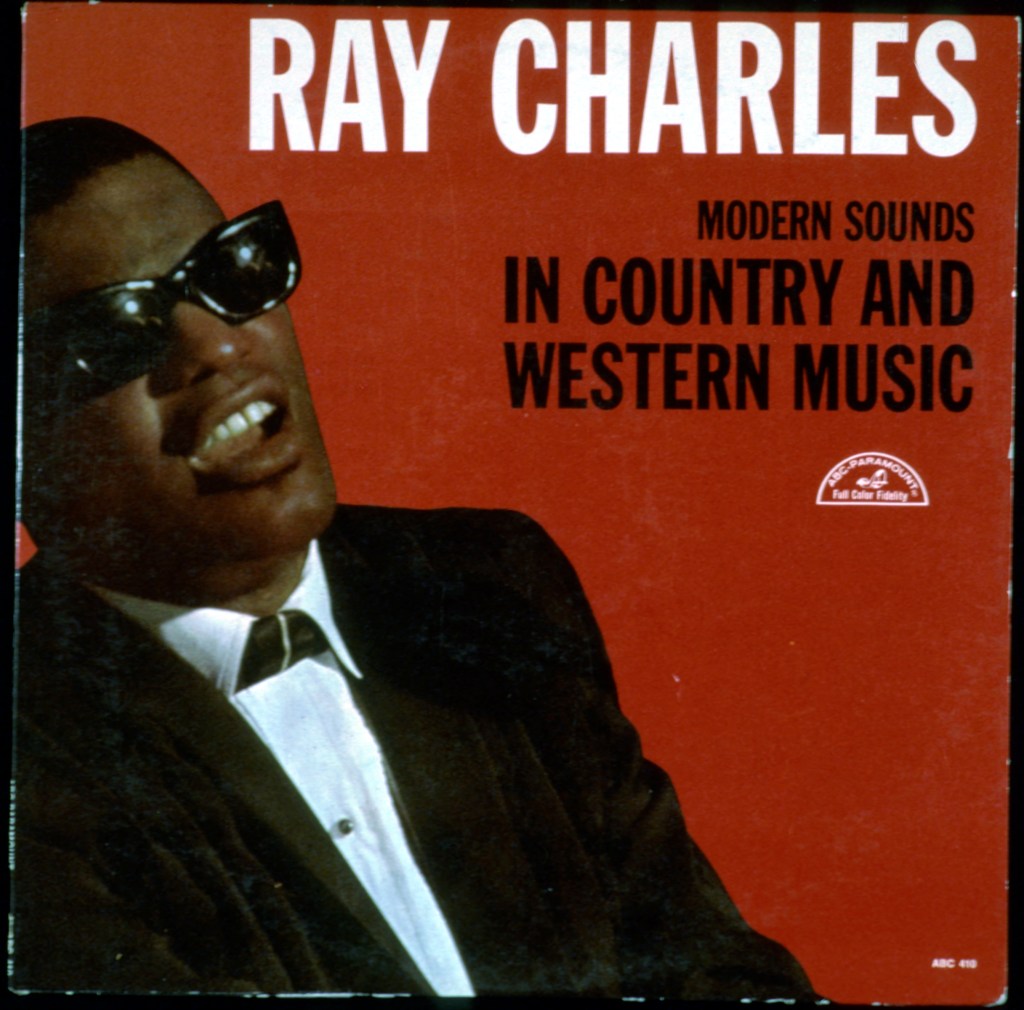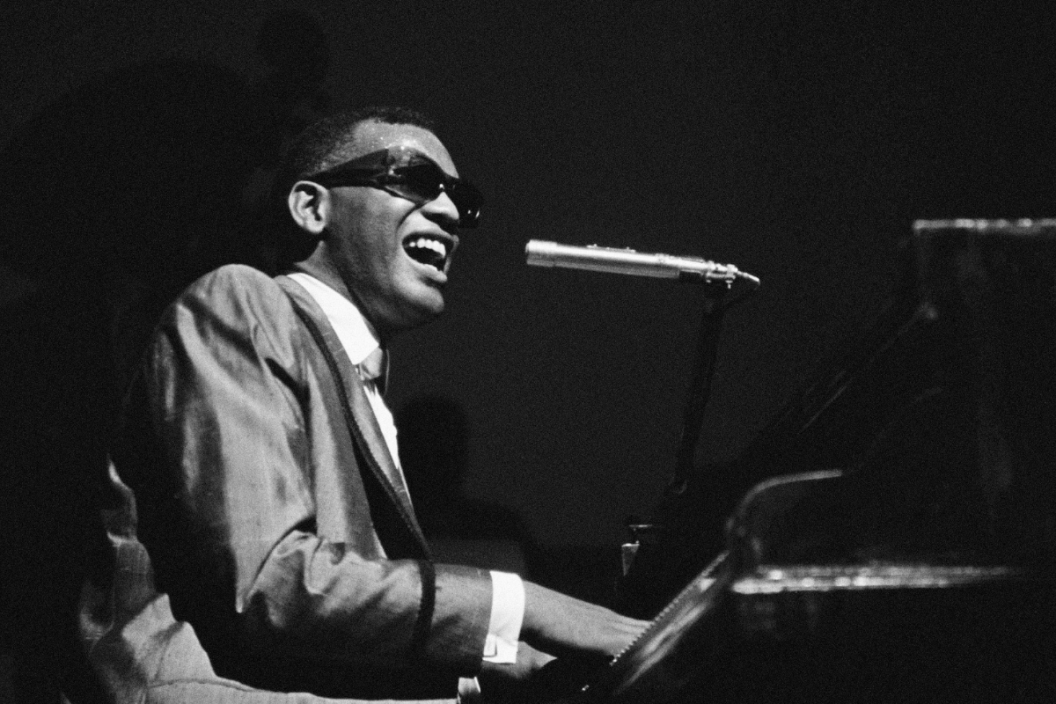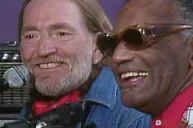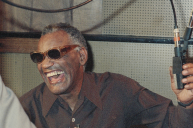Georgia-born R&B, soul, jazz and gospel performer Ray Charles added country crooner to his repertoire with 1962's Modern Sounds in Country and Western Music series of albums.
The Blurring of Genre Lines
Even if you haven't made a point to listen to the first volume, you've at least heard Brother Ray belt out "I Can't Stop Loving You." That song began as the B-side for original performer and county star Don Gibson's equally famous "Oh, Lonesome Me." It pairs well with the pop-friendly sounds of Everly Brothers songwriters Felice and Boudleaux Bryant ("Bye Bye Love") and Eddy Arnold ("You Don't Know Me," "Just a Little Lovin' (Will Go a Long Way)").
In a bold move by both Charles and his bosses at ABC-Paramount, those potential hits were grouped with the less mainstream-accessible works of Hank Williams ("You Win Again") and Floyd Tillman ("I Love You So Much It Hurts," "It Makes No Difference Now"), plus the often-covered "Careless Love," "Born to Lose" and "Half as Much."
An Instant Success

FEBRUARY 15: Album cover for "Modern Sounds In Country And Western Music" which was recorded by entertainer and pianist Ray Charles and released on February 15, 1962. (Photo by Michael Ochs Archives/Getty Images)
Charles' original Modern Sounds in Country and Western Music remains a respected and beloved crossover moment. His vocal talents paired with hillbilly and gospel traditions to make music that honored the Grand Ole Opry and other home bases of American roots music. The end result, recorded at Hollywood's United Recording Studios and New York City's Capitol Studios with producer Sid Feller, sold a whopping 500,000 copies in the first three months after its release.
The album's reach goes beyond short-term sales. It cracked quite a few "greatest albums" lists over the years, including Rolling Stone's Essential 200 Rock Albums (1997) and its 500 Greatest Albums of All Time (2003). In 1999, the Grammy Hall of Fame designated it as an historically significant album.
A Less Famous Sequel
Volume one of Charles' two-album arc still gets discovered by new admirers as they backtrack the soul influences of Chris Stapleton and album title inspirations for Sturgill Simpson. Its follow-up, Modern Sounds in Country & Western Music Vol. 2, lacks the original's cultural value despite being another quality collection of country standards.
Recorded in September and released in October 1962, the second volume at least tried to strike while the iron was hot. It also included a strong selection of country songs, including the Gibson A-side "Oh Lonesome Me," the often-covered "Making Believe" and Williams' "Hey, Good Lookin." Although it wasn't a flop in its time, the album fails to elicit strong responses beyond Charles' chart-topping version of "You Are My Sunshine."
Read More: 'Seven Spanish Angels' The Legacy of Willie Nelson and Ray Charles' Timeless Duet
One change to Charles' country-friendly formula may have backfired. While volume one mixes up the pace throughout, its sequel assigned themes to both sides of the album. Side one pairs Charles' vocals with the big band arrangements of Gerald Wilson, while its flipside features string and choir tracks directed by Marty Paich. This move makes the track listing seem more contrived, ridding the project of its first volume's impromptu feel.
Plus, volume one broke enough new ground on its own. While its predecessor charted a new course for Charles, the sequel was more of the same — making it the source of known singles instead of a beloved album.
Proto-Americana
Before Americana existed, Charles saw that old-time country music blended well with other roots and popular sounds, making it an ideal source of inspiration for his secular gospel approach. For being both ahead of its time and right on time in the Civil Rights Era, the original Modern Sounds in Country and Western Music and its lesser-known sequel stand out among the various efforts over the years to introduce country to a broader listening audience.
Editor's note: This article was originally published in 2018.




